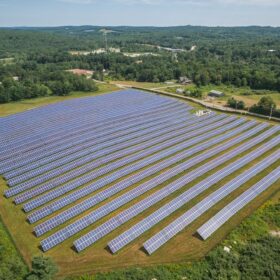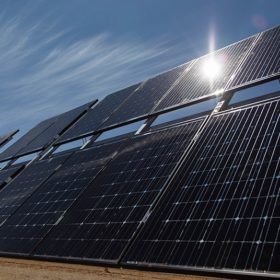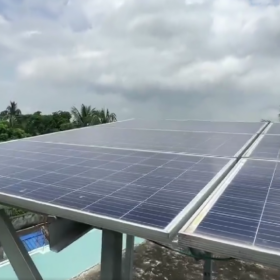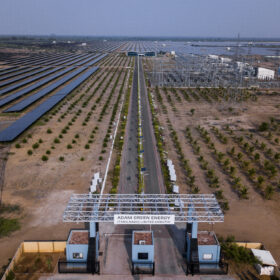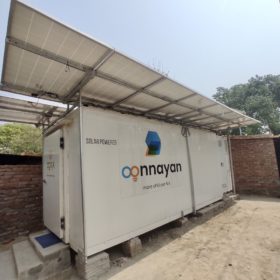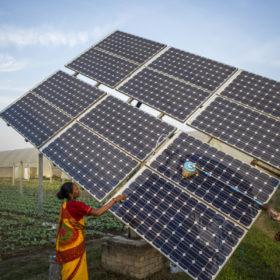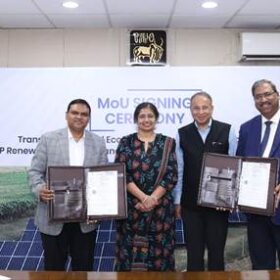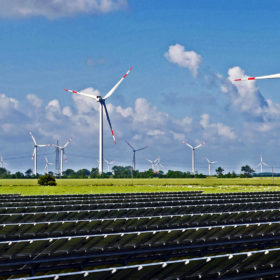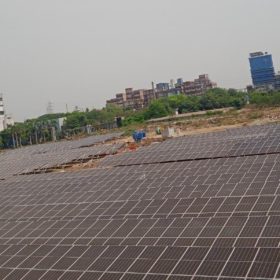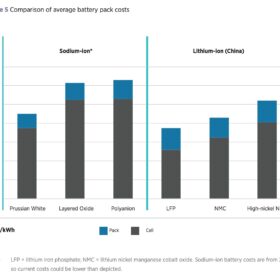Major U.S. corporations embracing community solar
The Coalition for Community Solar Access (CCSA) noted that household names such as Microsoft, Google, Walmart, Starbucks, Rivian, Wendy’s, and T-Mobile are just a few of the Fortune 500 companies that have signed agreements with community solar developers.
Bondada Engineering secures 170.4 MW of distributed solar projects in Maharashtra
Bondada Engineering Ltd has secured the Letter of Award to set up 170.40 MW (DC) of grid-connected distributed solar power plants on a turnkey basis. The projects are to be developed under Mukhya Mantri Saur Krushi Vahini Yojana 2.0 of the state government of Maharashtra.
How much shade is enough?
Researchers have covered part of a rooftop solar plant with a different numbers of shading cloth layers to measure their power, current, and voltage. They have been able to identify a point after which the value of system current and maximum power is no longer sensitive to shading heaviness.
Distributed or utility-scale solar?
The choice between distributed and utility-scale solar often comes down to balancing these benefits based on the specific context, goals, and constraints of a project or region. In the Indian context, a balanced approach that leverages the strengths of both models is essential.
India installed 12.1 GW of solar in H1 2024
India installed about 9.6 GW of utility-scale solar, 1.8 GW rooftop, and 688 MW off-grid capacity in the Jan.-June period of 2024, says a new report by JMK Research.
Oorja raises $1.5 million to scale its solar farming-as-a-service model
Oorja owns, operates and maintains decentralised solar infrastructure at the farm level and sells solar-powered irrigation, milling and cooling services to smallholder farmers on a pay-per-use basis.
World Nature Conservation Day
The integration of renewable energy in agriculture plays a significant role in combating climate change. It aligns with global efforts to transition towards sustainable practices and reduce environmental impact.
Tata Power’s microgrid arm partners with National Dairy Development Board to solarize milk value chain
TP Renewable Microgrid Ltd and National Dairy Development Board will collaborate to enhance sustainability and operational efficiency within the milk value chain. This includes the solarization of dairy cooperative societies, bulk milk coolers, and milk chilling centers, facilitated by solar microgrid technology.
Budget 2024-25: Key highlights and analysis
Employment creation and skill development have been at the core of this budget. While there is a lot of emphasis on skill development, there needs to be an emphasis on how money is allocated for skilling and reselling of people for the clean energy sector.
Gensol Engineering wins bid for 150 MWp of solar projects in Gujarat
Gensol Engineering Ltd has emerged as winning bidder for engineering, procurement, and construction of 116 MW (150 MWp) of solar projects in Gujarat. It will install these projects for feeder-level solarization.
